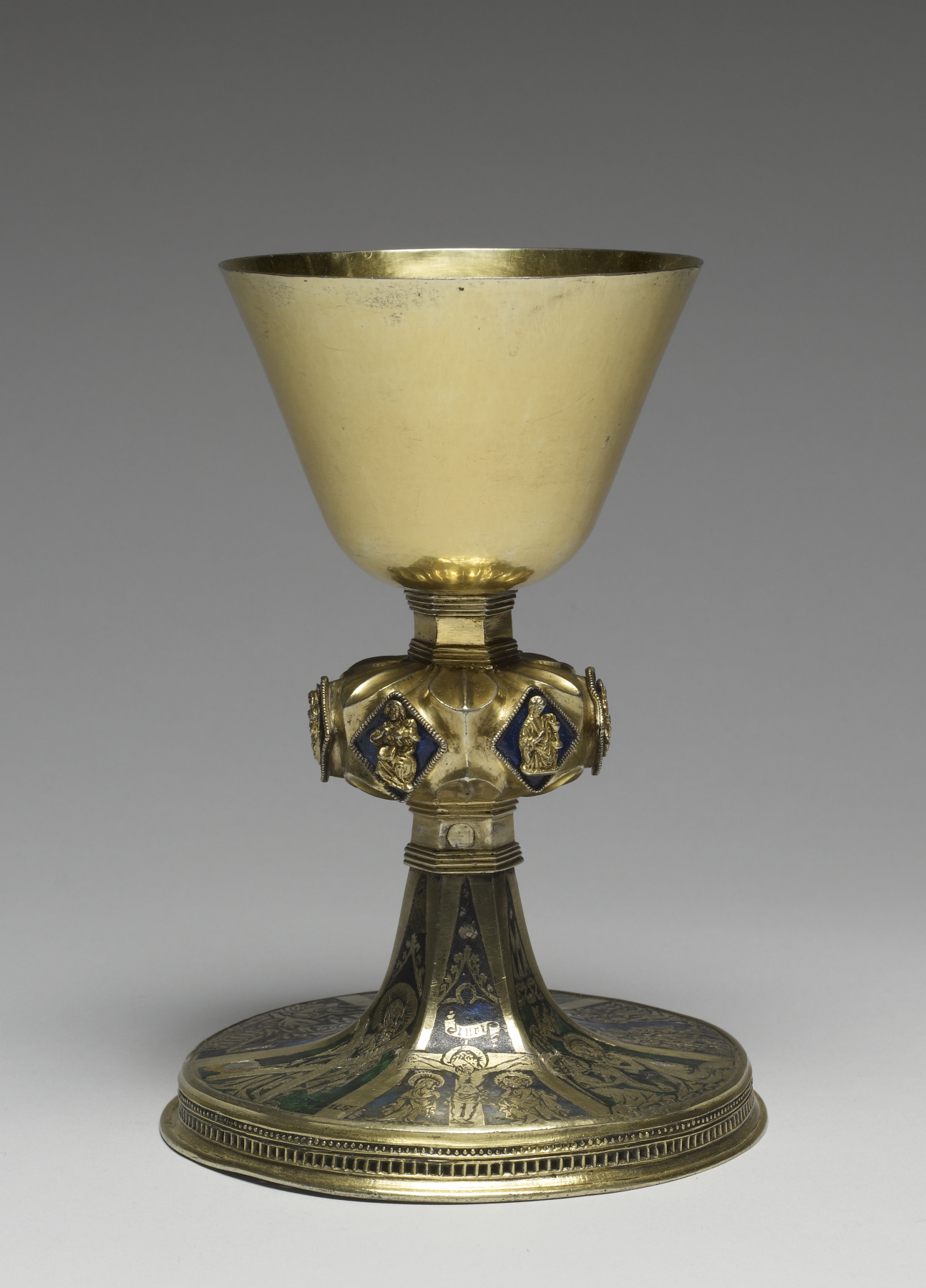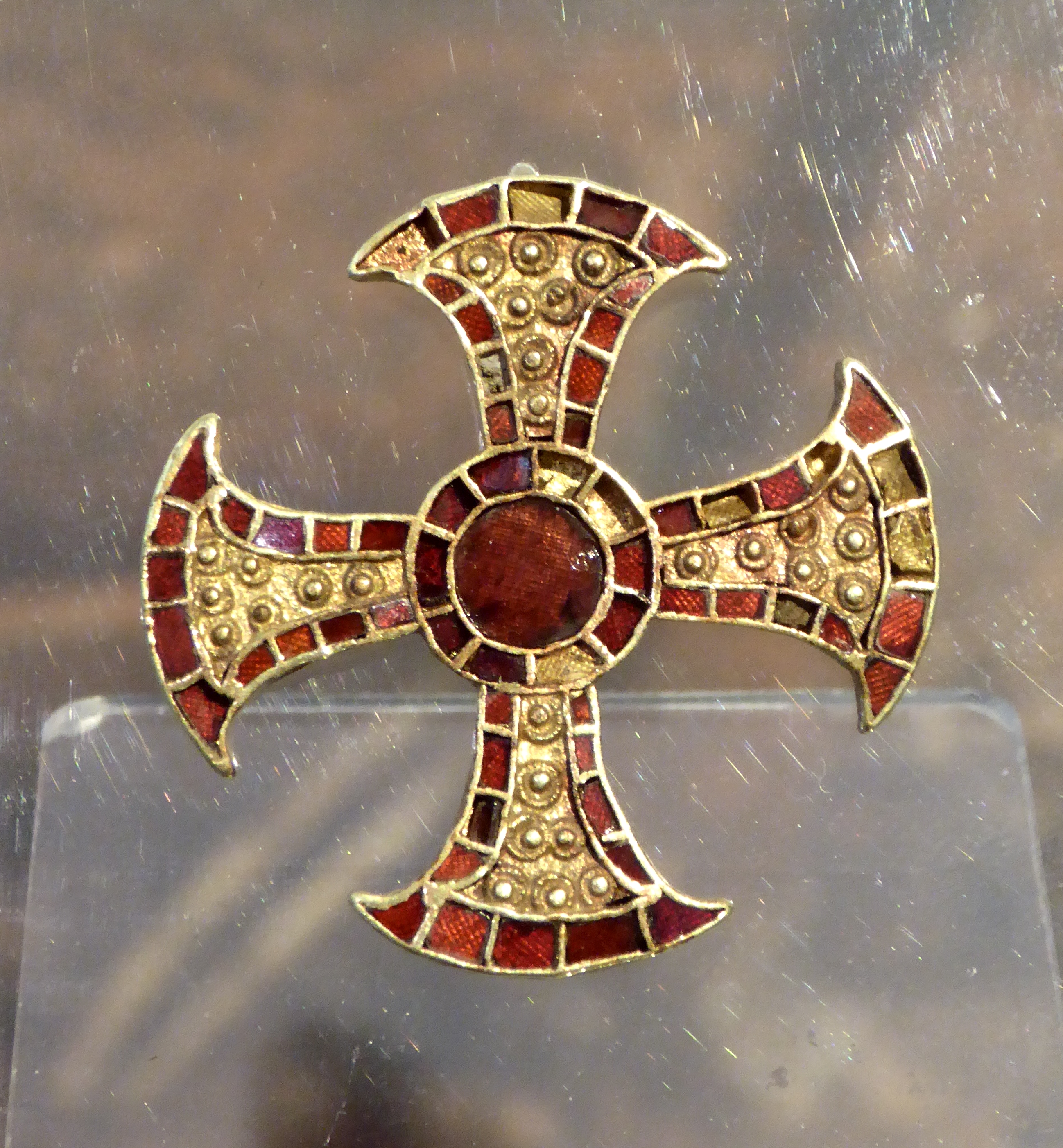|
Château De Fayolle (Tocane-Saint-Apre)
The Château de Fayolle is a château in Tocane-Saint-Apre, Dordogne, Nouvelle-Aquitaine, France. Architecture The castle, located in the west of the Dordogne department, consists of two parallel logis joined by lateral walls and terminated at each end by protruding pavilions It has been registered as a monument historique, historical monument by the French Ministry of Culture since 1969. History The castle was attacked many times during the Hundred Years' War and in the 15th century was burned by the troops of the Lords of Bourdeille.Guy Penaud, ''Dictionnaire des châteaux du Périgord'', p.110 (Sud Ouest, 1996) The current castle is the result of two successive periods of re-construction, the first in 1766 under direction of the architect Chauvin and the second, at the end of the 19th century, is the work of the architect Léon Drouyn. The chapel which dates from this second phase houses the pectoral cross and chalice of the former Chancelade Abbey, abbot of Chancelade, Alain ... [...More Info...] [...Related Items...] OR: [Wikipedia] [Google] [Baidu] |
Architect
An architect is a person who plans, designs, and oversees the construction of buildings. To practice architecture means to provide services in connection with the design of buildings and the space within the site surrounding the buildings that have human occupancy or use as their principal purpose. Etymologically, the term architect derives from the Latin , which derives from the Greek (''-'', chief + , builder), i.e., chief builder. The professional requirements for architects vary from location to location. An architect's decisions affect public safety, and thus the architect must undergo specialised training consisting of advanced education and a ''practicum'' (or internship) for practical experience to earn a Occupational licensing, license to practice architecture. Practical, technical, and academic requirements for becoming an architect vary by jurisdiction though the formal study of architecture in academic institutions has played a pivotal role in the development of the p ... [...More Info...] [...Related Items...] OR: [Wikipedia] [Google] [Baidu] |
Alain De Solminihac
Alain de Solminihac (25 November 1593 – 31 December 1659) was a French Roman Catholic religious reformer and served as the Bishop of Cahors from 1636 until his death. Solminihac was a professed member of the Canons Regular of Saint Augustine of Chancelade in Périgueux, an order now extinct. He was also a member of the Compagnie du Saint-Sacrement, and acquainted with Vincent de Paul and Francis de Sales. He was declared a Servant of God after Pope Pius VI opened his cause for sainthood on 6 August 1783 and Pope Pius XI declared him to be Venerable on 19 June 1927. Pope John Paul II beatified him on 4 October 1981. Life Alain de Solminihac was born on 25 November 1593 in the Chateau de Belet Kingdom of France to Jean and Margaret de Solminihac. He wanted to become a member of the Knights of Malta in order to serve God but felt a strong call to the priesthood and to the religious life so joined the Canons Regular of Saint Augustine of Chancelade in 1613 as a postulant. His ... [...More Info...] [...Related Items...] OR: [Wikipedia] [Google] [Baidu] |
Chancelade Abbey
Chancelade Abbey () is an Augustinian monastery in Chancelade in the Dordogne. It was founded in 1129. The abbey was damaged by English troops in the 14th century during the Hundred Years' War and again by Protestants in the 16th century during the French Wars of Religion. Alain de Solminihac (beatified in 1981 by John Paul II) had the abbey restored in 1623. He was consecrated abbot of Chancelade by Urban VIII in 1636. Economist Nicolas Baudeau Nicolas Baudeau (; 25 April 1730 – 1792) was a Catholic cleric, theologian and economist, who was born in Amboise, France. Biography Baudeau became a monk at Chancelade Abbey, where he taught theology. In 1765 he founded the first economics ... taught theology at the abbey. A contemporary monastic community is now in occupation of some buildings and in 2016 completed a new community house on the site. Gallery Chancelade - Abbaye Notre-Dame - 09.jpg, The church and former abbey buildings. Chancelade - Abbaye Notre-Dame - ... [...More Info...] [...Related Items...] OR: [Wikipedia] [Google] [Baidu] |
Chalice
A chalice (from Latin 'cup', taken from the Ancient Greek () 'cup') is a drinking cup raised on a stem with a foot or base. Although it is a technical archaeological term, in modern parlance the word is now used almost exclusively for the cups used in Christian liturgy as part of a service of the Eucharist, such as a Catholic mass. These are normally made of metal, but neither the shape nor the material is a requirement. Most have no handles, and in recent centuries the cup at the top has usually been a simple flared shape. Historically, the same shape was used for elite secular vessels, and many individual examples have served both secular and liturgical uses over their history, for example the Lacock Cup and Royal Gold Cup, both late medieval cups. Cups owned by churches were much more likely to survive, as secular drinkware in precious metal was usually melted down when it fell out of fashion. The same general cup shape is also called a goblet (from Old French , di ... [...More Info...] [...Related Items...] OR: [Wikipedia] [Google] [Baidu] |
Pectoral Cross
A pectoral cross or pectorale (from the Latin ''pectoralis'', "of the chest") is a Christian cross, cross that is worn on the chest, usually suspended from the neck by a cord or Link chain, chain. In ancient history and the Middle Ages, pectoral crosses were worn by both clergy and laity. By the Late Middle Ages, the pectoral cross came to be a special indicator of position worn by bishops. In the Latin Church, Roman Catholic Church, the wearing of a pectoral cross remains restricted to popes, cardinals, bishops and abbots. In Eastern Orthodox Church and Eastern Catholic Churches, Byzantine Catholic Churches that follow a Slavic peoples, Slavic Tradition, priests also wear pectoral crosses, while deacons and minor orders do not. The modern pectoral cross is relatively large, and is different from the small cross necklace, crosses worn on necklaces by many Christians. Most pectoral crosses are made of precious metals (platinum, gold or silver) and some contain precious or semi-p ... [...More Info...] [...Related Items...] OR: [Wikipedia] [Google] [Baidu] |
Léon Drouyn
Leon, Léon (French) or León (Spanish) may refer to: Places Europe * León, Spain, capital city of the Province of León * Province of León, Spain * Kingdom of León, an independent state in the Iberian Peninsula from 910 to 1230 and again from 1296 to 1301 * León (historical region), composed of the Spanish provinces León, Salamanca, and Zamora * Viscounty of Léon, a feudal state in France during the 11th to 13th centuries * Saint-Pol-de-Léon, a commune in Brittany, France * Léon, Landes, a commune in Aquitaine, France * Isla de León, a Spanish island * Leon (Souda Bay), an islet in Souda Bay, Chania, on the island of Crete North America * León, Guanajuato, Mexico, a large city * Leon, California, United States, a ghost town * Leon, Iowa, United States * Leon, Kansas, United States * Leon, New York, United States * Leon, Oklahoma, United States * Leon, Virginia, United States * Leon, West Virginia, United States * Leon, Wisconsin (other), United States, s ... [...More Info...] [...Related Items...] OR: [Wikipedia] [Google] [Baidu] |
Hundred Years' War
The Hundred Years' War (; 1337–1453) was a conflict between the kingdoms of Kingdom of England, England and Kingdom of France, France and a civil war in France during the Late Middle Ages. It emerged from feudal disputes over the Duchy of Aquitaine and was triggered by English claims to the French throne, a claim to the French throne made by Edward III of England. The war grew into a broader military, economic, and political struggle involving factions from across Western Europe, fuelled by emerging nationalism on both sides. The periodisation of the war typically charts it as taking place over 116 years. However, it was an intermittent conflict which was frequently interrupted by external factors, such as the Black Death, and several years of truces. The Hundred Years' War was a significant conflict in the Middle Ages. During the war, five generations of kings from two rival Dynasty, dynasties fought for the throne of France, then the wealthiest and most populous kingd ... [...More Info...] [...Related Items...] OR: [Wikipedia] [Google] [Baidu] |
Château
A château (, ; plural: châteaux) is a manor house, or palace, or residence of the lord of the manor, or a fine country house of nobility or gentry, with or without fortifications, originally, and still most frequently, in French-speaking regions. Nowadays, a ''château'' may be any stately residence built in a French style; the term is additionally often used for a winegrower's estate, especially in the Bordeaux region of France. Definition The word château is a French word that has entered the English language, where its meaning is more specific than it is in French. The French word ''château'' denotes buildings as diverse as a medieval fortress, a Renaissance palace and a fine 19th-century country house. Care should therefore be taken when translating the French word ''château'' into English, noting the nature of the building in question. Most French châteaux are "palaces" or fine " country houses" rather than "castles", and for these, the word "château" is appropr ... [...More Info...] [...Related Items...] OR: [Wikipedia] [Google] [Baidu] |
French Ministry Of Culture
The Ministry of Culture () is the ministry (government department), ministry of the Government of France in charge of List of museums in France, national museums and the . Its goal is to maintain the French identity through the promotion and protection of the arts (visual, plastic, theatrical, musical, dance, architectural, literary, televisual and cinematographic) on national soil and abroad. Its budget is mainly dedicated to the management of the (six national sites and hundred decentralised storage facilities) and the regional (culture centres). Its main office is in the in the 1st arrondissement of Paris on the . It is headed by the Minister of Culture, a cabinet member. The current officeholder has been Rachida Dati since 11 January 2024. History Deriving from the Italian Renaissance, Italian and Duchy of Burgundy, Burgundian courts of the Renaissance, the notion that the state had a key role to play in the sponsoring of artistic production and that the arts were linke ... [...More Info...] [...Related Items...] OR: [Wikipedia] [Google] [Baidu] |
Monument Historique
() is a designation given to some national heritage sites in France. It may also refer to the state procedure in France by which national heritage protection is extended to a building, a specific part of a building, a collection of buildings, a garden, a bridge, or other structure, because of their importance to France's architectural and historical cultural heritage. Both public and privately owned structures may be listed in this way, as well as movable objects. there were 44,236 monuments listed. The term "classification" is reserved for designation performed by the French Ministry of Culture for a monument of national-level significance. Monuments of lesser significance may be "inscribed" by various regional entities. Buildings may be given the classification (or inscription) for either their exteriors or interiors. A monument's designation could be for a building's décor, its furniture, a single room, or even a staircase. An example is the classification of the déco ... [...More Info...] [...Related Items...] OR: [Wikipedia] [Google] [Baidu] |





